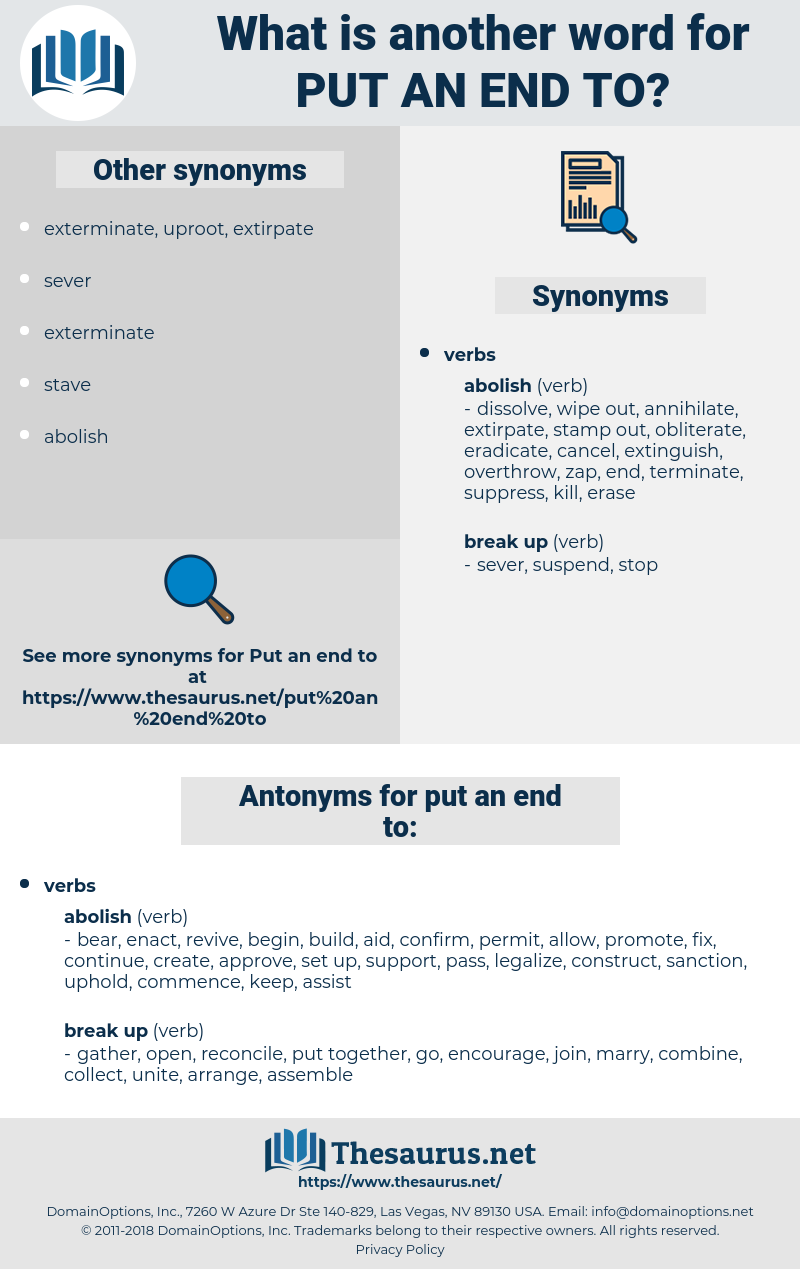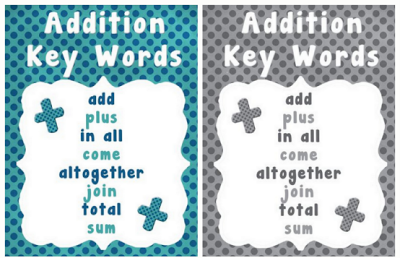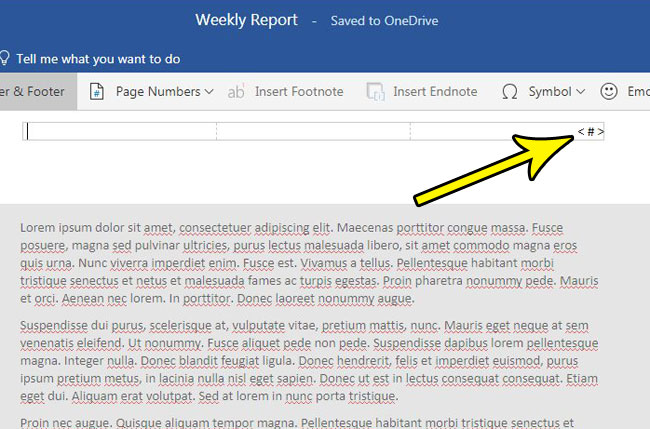

A quaint village (think independent shops, cafes, and friendly people) evokes a different image than a cute one-would that be a kitten-themed village? Quaint, like cute, can also be used in a snide sense, such as “Isn’t that quaint?” when referring to something you deem odd or ridiculously out-of-date, like writing a check at the grocery store.Įvidence of the word can be found as far back as 1175–1225. In some cases, we use cute to describe something or someone with old-fashioned charm when a better word might be quaint. Just know that if you have tween and teen children, they may cringe if they hear you use it. The informal adjective means “very cute adorable.” When people started using this shortened version of adorable isn’t clear, but it seems to have popped up in the 21st century. If someone or something is especially squee-worthy, you could take cute up a notch and proclaim it adorbs. The adjective means “very attractive or delightful charming,” and it feels like a more sincere compliment than a cursory cute. It stems from the Middle English word cunnan, which means “to know.” adorableĪll babies are cute, but some are truly adorable. The word first appeared in the English language around 1275–1325. While cunning can also be a compliment, in most cases it implies a level of deceit and slyness, and it offers a more direct way of calling someone out than cute. For example, you might say of a coworker who constantly undermines you, “He’s always trying to get cute in meetings with our boss.” But what you really mean is cunning.

It stems from the Latin word pulchrit?d?, meaning “beauty,” and the suffix -ous, meaning “full of.” It’s often used in a humorous or cheeky manner because it’s such a mouthful. įirst evidence of the word can be found in the early 1700s. But imagine if you told them they were pulchritudinous ? An adjective, it means “physically beautiful comely.” It’s a more mature word than cute, and using it may make you sound smart, too … or like you’ve been spending a lot of time on. If you want to let someone know you find them physically attractive, they may be mildly flattered if you tell them you think they’re cute. It’s more frequently used in the UK, but it’s one we might want to borrow more often. The word is first recorded around 1855–60, and stems from the word cheek, as in the ones we have on each side of our face.

Cheeky is also often used to describe humor that pushes boundaries. It’s a bit saucy, but not flat-out offensive. ĭefined as “ impudent insolent,” cheeky behavior doesn’t usually cross the naughty line, but it gets close. What you might call that behavior instead is cheeky. In some cases, people use cute to describe mischievous or contrary behavior, as in when your 8-year-old shoves straws up his nose in a restaurant, pretending to be a walrus (“Stop trying to be cute!”) or when you’re reprimanding your sassy-mouthed teenager (“Don’t you get cute with me!”). It stems from the word charm, which means “a power of pleasing or attracting, as through personality or beauty.” Charm is itself derived from the Latin for “song,” carmen. It’s also a good word to use when describing people who are particularly pleasant.įirst evidence of the word can be found in Middle English around 1250–1300. Cute can describe cartoon characters on a bedroom wall, but charming, which means “pleasing or delightful,” sets a more specific scene. If you stop in a cozy, new coffee shop or stay at a picturesque bed and breakfast, instead of telling friends it was cute, you may want to describe it as charming instead. So, what can you say instead of cute? We, of course, have some ideas. This loss of an initial unstressed sound (compare ‘ bout and about) has, well, a cute name: aphesis. It’s been used for centuries too, first recorded around 1615–25. Add an – s y, making cutesy, and it becomes even more condescending. In other cases, however, it’s a patronizing pat on the head or a verbal cop-out. Beyond that, however, cute just doesn’t always cut it.Īn adjective, cute is defined as “ attractive, especially in a dainty way pleasingly pretty.” It sounds nice enough, and there are certainly cases in which it’s used with the best of intentions. Puppies are undeniably cute, as are toddlers, bunnies, and Baby Yoda. When cute won’t cut it, try these words instead


 0 kommentar(er)
0 kommentar(er)
